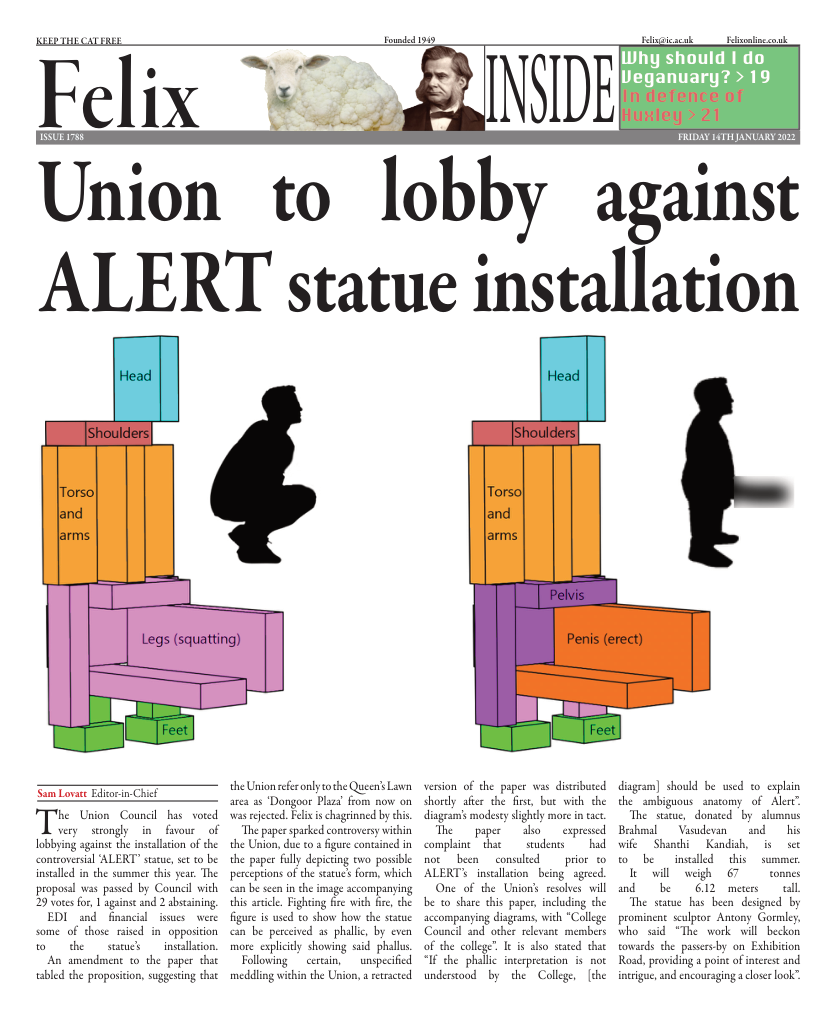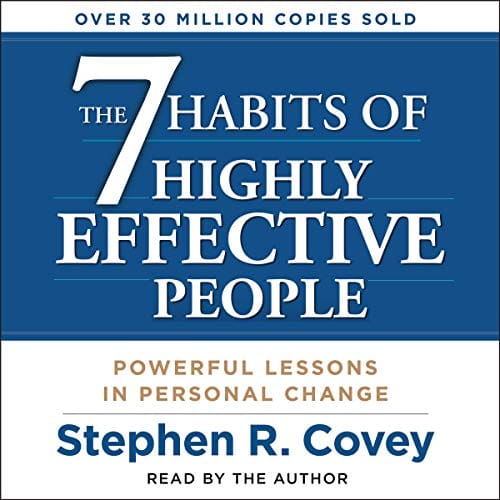The Humour Code
Being funny is like cooking rice, simple to start but difficult to master. It requires training.

The Humour Code
Author Peter McGraw & Joel Warner
A curious book in which the authors, Peter McGraw and Joel Warner, unravel the mechanisms behind humour, through travelling to different places around the world, each more unusual than the previous one, including Los Angeles, Japan, and the Amazon, among others. Their objective: to investigate different cultures’ approach to humour while gaining a greater understanding of humour itself. The format is interesting because it combines a research journal with a narrative tone.
A key concept of this book is the theory of benign violation. This defends that humour comes from making something wrong seem inoffensive or acceptable. The thing that is wrong is usually uncommon or far-fetched, so people cannot sense any sort of immediate danger. Timing is essential for being funny, as a joke about controversial or serious issues, regardless of how inane or witty it is, can harm people’s sensitivities and become massive social conflicts. This can be illustrated with jokes about the 2001 terrorist attack on the Twin Towers. The correct approach to make fun of it would be to allow time for the psychological wounds to heal among the population, and then elaborating jokes that remark on the unfairness of the tragedy or mocking the terrorists, never mentioning the victims.
Humour does not necessarily mean being funny. An intelligent association of two abstract or apparently unconnected elements can produce the same effect in a viewer as random eccentric videos of people stumbling or falling over. We find something amusing mainly due to confrontations between reality and fantasy, correctness and perversion. Humans love oxymorons, and the more unexpected the connections, the funnier they turn out.
Another common misconception is that laughter is synonymous with humour. It is undeniable that humour often involves the trivialisation of reality. Therefore, although it can easily capture people’s attention, humour should not be used in “serious” matters, such as medicines for cancer treatment or gender-equality campaigns because it distorts the meaning into something to poke fun at. However, laughter is more involuntary because it is physiologically controlled. The most immediate example that springs to mind is being tickled. However, in the book, the authors mentioned a more extreme case of laughter, in which entire populations start chuckling uncontrollably for no apparent reason. In the past, this was associated with witches and the Devil, but we currently know this phenomenon as ‘collective hysteria’. The example in The Humour Code focuses particularly on the Tanganyika laughing disease of 1962. The “patient zero” was a female student in a religious school who mysteriously began laughing in the middle of a class. The teacher took her out of the class until she could pull herself together, but the “ailment” constantly reappeared, and eventually spread to other students. Therefore, the school decided to close its doors, but this only resulted in infecting the families of the students, affecting thousands of people. This so-called “epidemic” sent many people to hospital, and caused many schools and businesses to shut down. What was the root cause of all this? Well, the female student was under constant pressure and stress due to living and studying in a place with barely any contact with the outside world. In such an oppressive environment, the body needs to find a way to relieve itself, and laughing is effective because it promotes our brains to secrete dopamine, the hormone of happiness. Therefore, laughing can be a sign that a situation is not okay; a despairing call for help.
There are many other interesting concepts that the authors cover, such as the study of humour to learn about a particular culture, or the connection between humour and natural selection. Overall, I would consider this a pleasant read, with a lot of absurd anecdotes, like having a clown company in the middle of the Amazon, and, of course, lots of humour!









